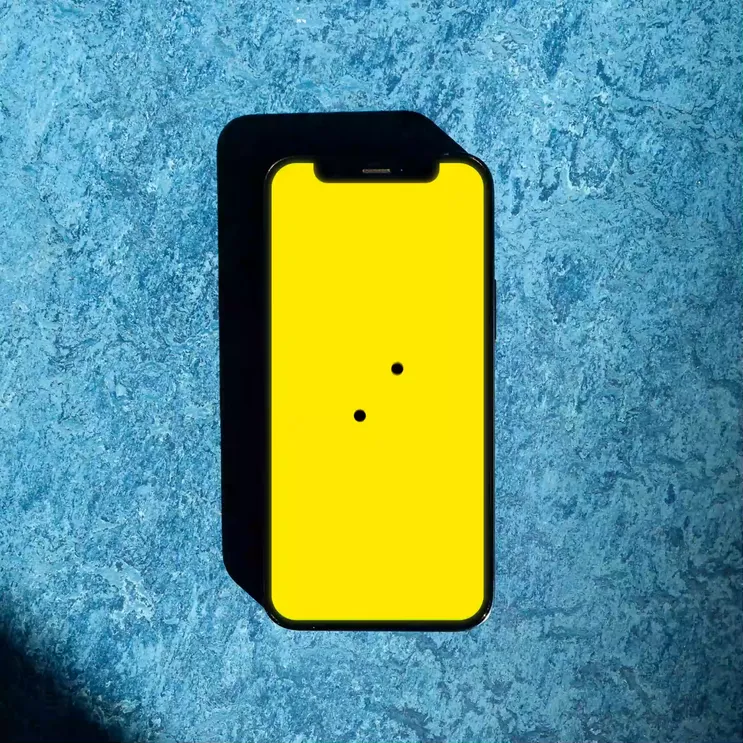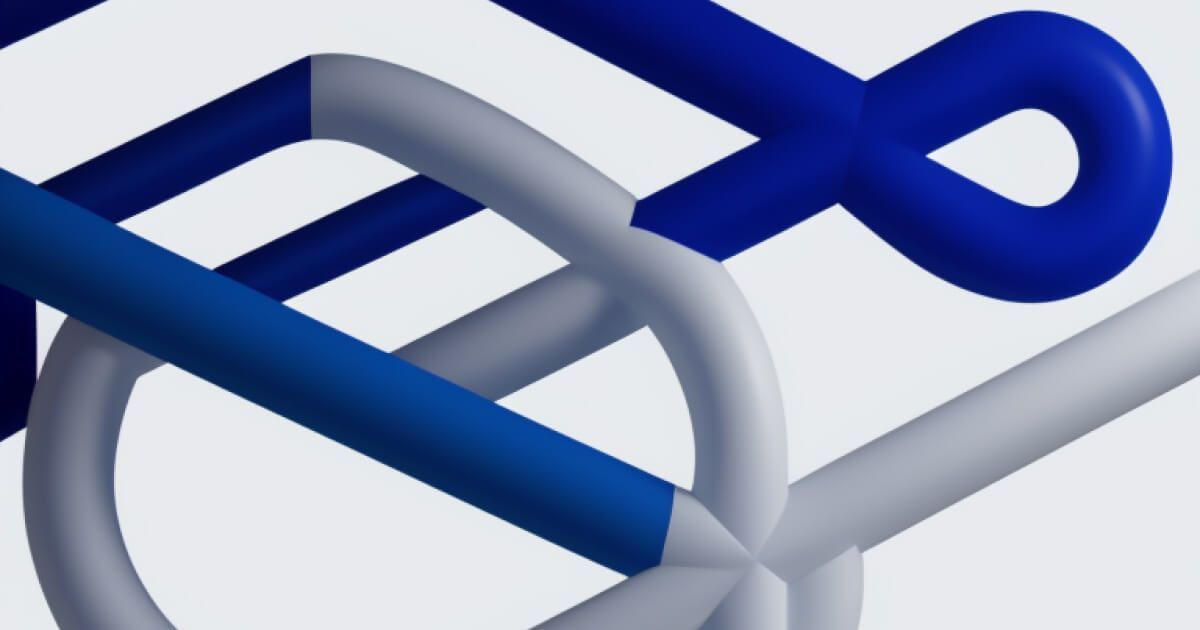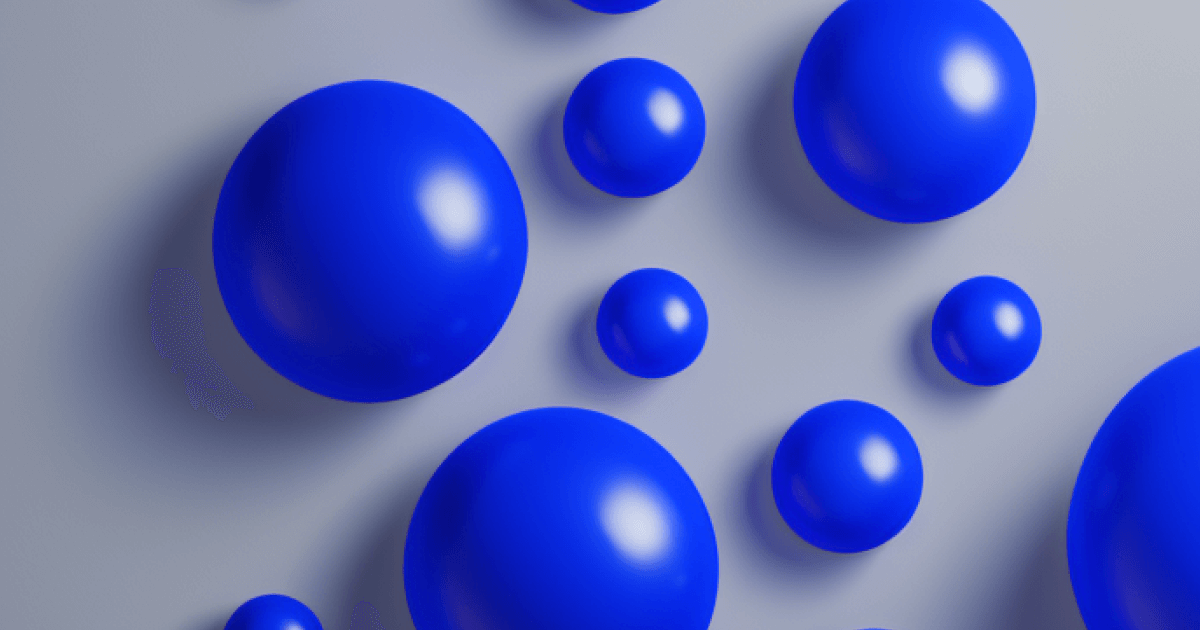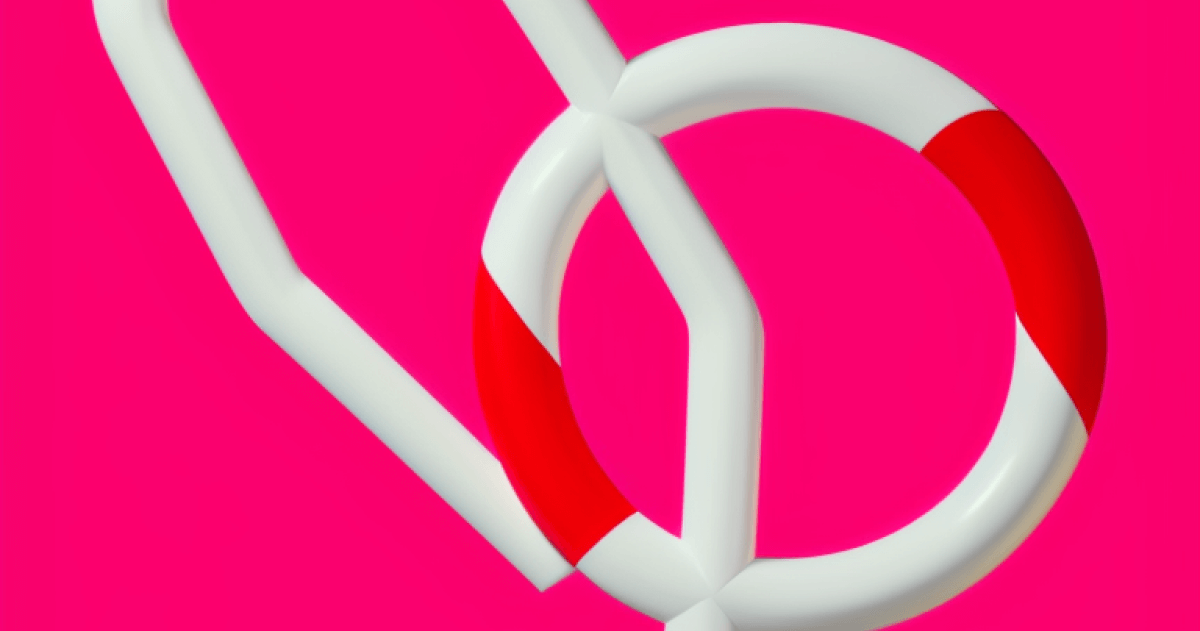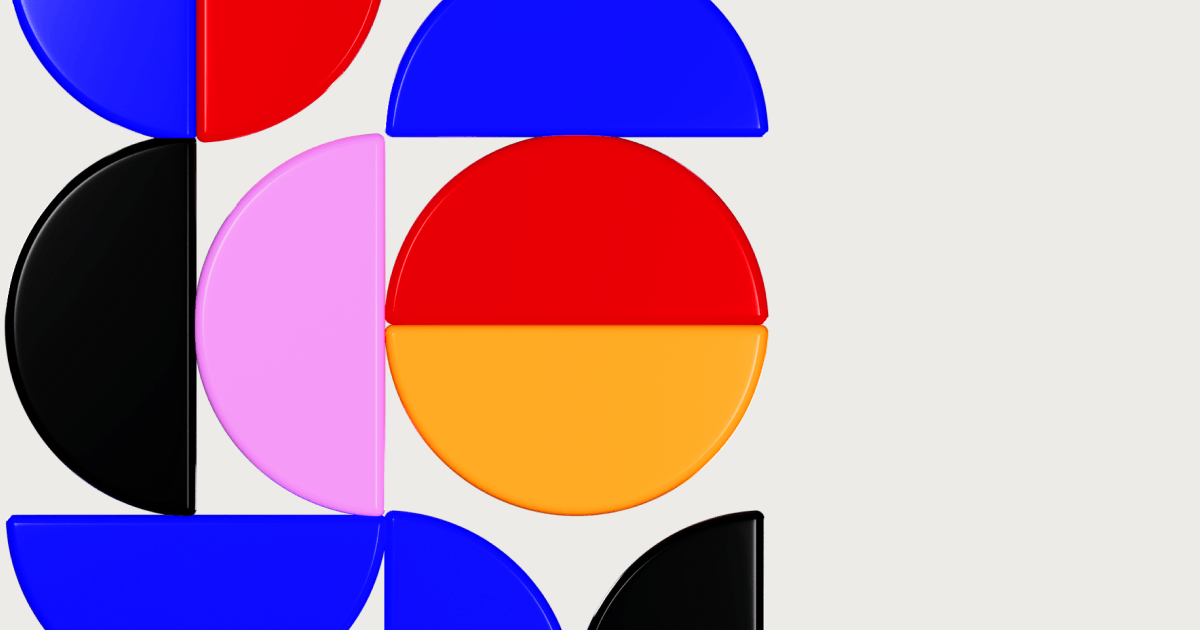Design
6 min read
Defining "Growth Designer" and Why This Is the Future of Design
What is a growth designer? Most emerging specialities would first become a buzzword that techies love to throw around or use to define themselves. Growth Design is no different; it’s been around for some time, and we now come across companies hiring growth designers and design teams being “growth-driven”. With growth being a discipline on its own, it’s time to finally formalise the term and give growth design a formal definition. So what is growth design?
We scrolled the internet for days, read hundreds of articles and job postings, and listened to dozens of podcasts about growth design. Here’s the definition we think most accurately describes the role of a growth designer.
Growth Designer:
noun
A strategic contributor to the product development and optimisation process with a wide spectrum of skills: product strategy, interaction, visual and UX design, data analysis, strong business flair, and user empathy. Growth designers are equally focused on scaling the business and delivering a user-centric product, often acting as the bridge between the two.
In a less formal way: growth designers are directly involved in the organisation’s business strategy. Think of them as a hybrid between a designer, founder, product manager, and growth lead. Companies with growth DNA never treat design as an afterthought; design is part of the product development process from day 1.
Does the growth designer sit within a growth team?
Not necessarily. Sometimes, a growth designer is part of a wider multidisciplinary, cross-functional team where a designer is needed to support the team to execute growth experiments and conduct quality testing. However, a growth designer is more about the right skillset and having the autonomy to impact the business, rather than the team they sit in.
Usually, in larger organisations, growth designers sit within the Growth Team, or they have a dedicated Growth Design department. Smaller companies and startups would usually have the Growth Designer as their Lead Designer.
How is growth design different from product design?
It entirely depends on the business objective, but generally:
- Product designers are inherently focused on the sexiness of the product, making sure they build top-quality products and features. Product designers identify system problems and design the solutions from UX and UI point of view. When tackling a product challenge, they’d usually spend time testing, researching, designing, and validating the best possible solution for this specific problem.
- Growth designers do the same, but they must also balance between the business objective and the customer problem. They use a wide-angle lens when solving product challenges. They’re looking at the big picture – not only from a product but also from a business point of view: if we build this magical, sleek, never-seen-before feature, how would this impact the business outcomes? Is this update really worth testing, or can we ship without lengthy validation processes? They’d also actively look at and propose product changes that would bring growth opportunities, always being conscious of the business value the design work is bringing.
What are the must-have skills of a growth designer?
The growth designer is a highly analytical, product person who has a wide range of skills, including prototyping, visual design, UX research and testing, data analysis, a good understanding of backend and frontend development, marketing, and BI.
Growth designers usually have a few years of experience in building products. As much as the hard skills, it’s also about bringing knowledge and past experience with things such as usability principles, heuristic evaluation, other products’ growth and business strategies, etc. It’s an expertise that comes from being exposed to all aspects of running and growing a business.
When do you need a growth designer?
In reality, the emerging growth design discipline is a reflection of the changing business landscape worldwide, so, maybe in the future, a growth designer will be the only designer businesses really need. Increasing numbers of companies are moving away from the large departments structure, working in siloes, to smaller, cross-functional teams where people from different disciplines work toward the same business outcome. If you’re a startup founder or a product lead at a smaller organisation, you’d benefit a lot if you focus on finding a good growth designer to act as the extension of your founding team. You’ll see much less value if you involve a designer only when your product is signed off, just to visualise a list of features – or even worse, handing them a bunch of wireframes and asking them to do the UI.
Growth design is here to stay. Just ask Atlassian, Dropbox, Spotify, Pinterest, and hundreds of other companies currently hiring growth designers.












